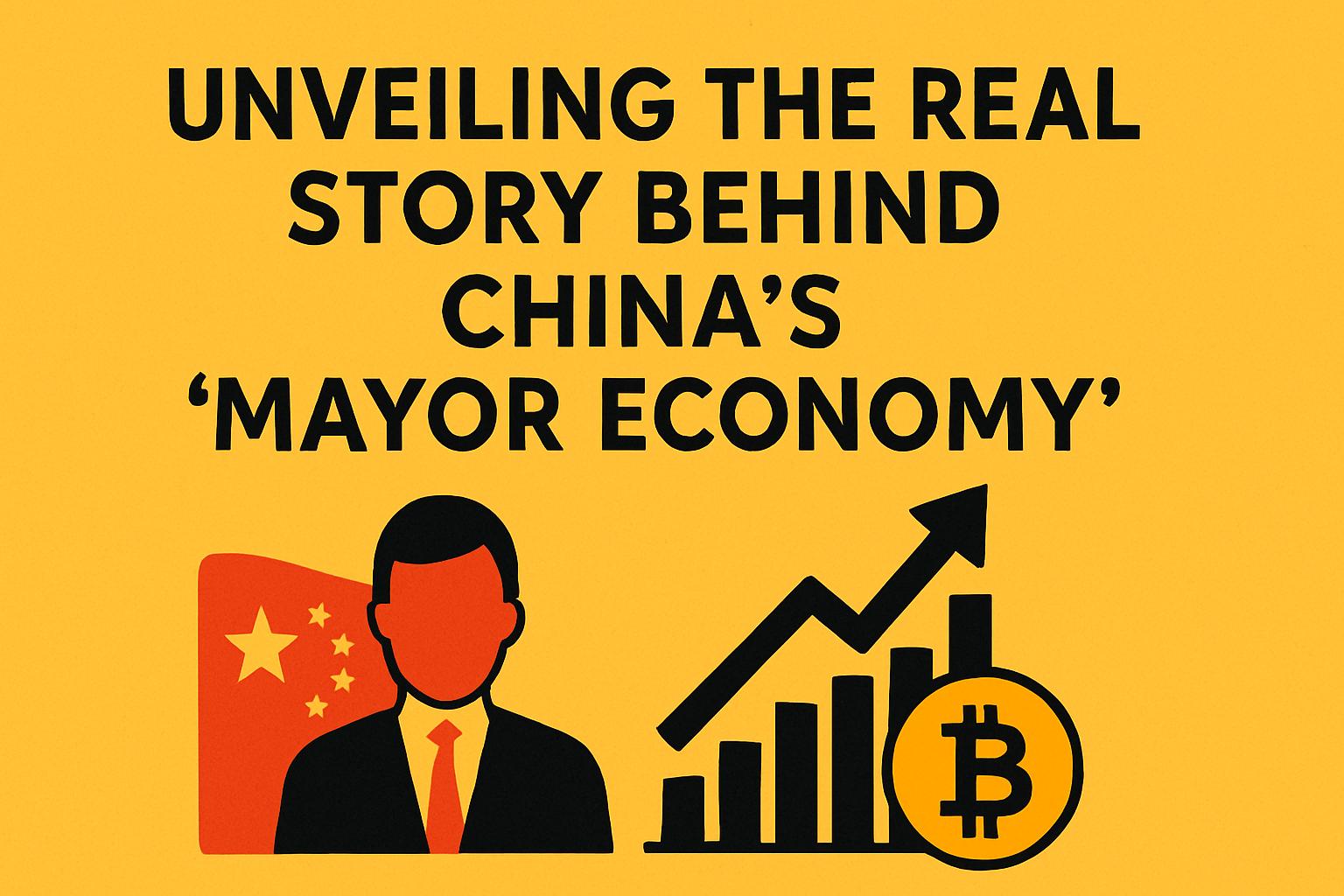In recent years, the intricate dance between economic growth and political orchestration in China has become a focal point for analysts worldwide. At the center of this narrative is the concept intriguingly known as the ‘Mayor Economy,’ a term that encapsulates the fierce competition among China’s local governments, spurred by centralized power dynamics and ambitious economic targets.
The ‘Mayor Economy’ Phenomenon
As described by prominent economist Keyu Jin, China’s unique political and economic system sees local officials’ fates hinging on Beijing’s centralized authorities. This has led to a culture where local governments are in constant rivalry, striving for higher GDP figures as a means to climb the political ladder.
Initially, this race for economic expansion relied heavily on industrialization and land sales. The lure of booming fiscal revenues from real estate ignited a veritable frenzy, setting off massive waves of construction and land development. However, this trajectory left behind a trail of unsustainable growth patterns and economic vulnerabilities.
The Struggle Between Growth and Sustainability
Efforts to prioritize GDP often pushed environmental concerns to the sidelines. Although China has begun incorporating sustainability measures into its assessment criteria, the tension between economic growth and environmental health persists. The central government had to enforce stringent policies to see tangible improvements in pollution, highlighting the need for balanced governance.
Meanwhile, consumer spending remains a critical challenge. Despite China’s prowess as a manufacturing giant, consumer capabilities lag behind. Economists suggest that if consumer spending became a priority in local governments’ performance metrics, it could catalyze improvements in social safety, healthcare, and job security, encouraging citizens to spend rather than save.
Innovation Pressures and Market Realities
Innovation and technology have emerged as new arenas for competition among local governments. The push to develop local champions in sectors like electric vehicles and AI has been intense, with cities vying to lead in these future-defining industries. However, this race has often led to inefficient resource allocation and subsequent industry shakeouts.
Transformation or Stagnation?
Looking forward, the ‘Mayor Economy’ strategy has undeniably propelled China’s rapid growth and industrial leadership. However, the journey from a production-centric model to a consumer-based economy remains fraught with challenges. Addressing these will be crucial for sustaining momentum and achieving balanced growth.
Ultimately, the real test for China lies in shifting focus from sheer production metrics to fostering domestic consumption, ensuring that the country’s economic foundations are as robust as its manufacturing capabilities suggest.

![[News] Bitcoin at a Turning Point? 10x Research Signals a Bullish Macro Shift Ahead](https://cryptoexplores.com/wp-content/uploads/2025/06/new20250616.jpg)
![[News] Binance Lists $HOME, the Gas-Free, Bridge-Free All-in-One DeFi App](https://cryptoexplores.com/wp-content/uploads/2025/06/news20250617.jpg)